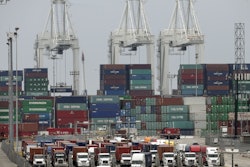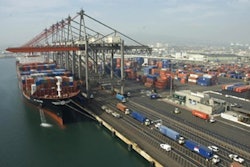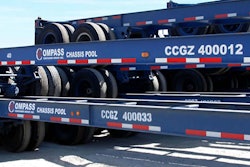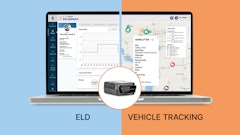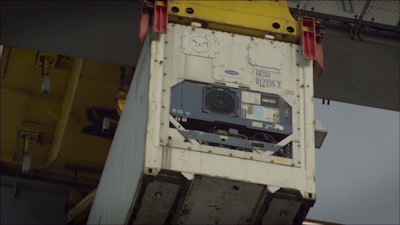
Criticism and confusion from U.S. shippers, particularly U.S. exporters, greeted the Friday announcement by the 13 terminals at the Los Angeles-Long Beach port complex that they will not offer weighing services to support the implementation of a global container weight rule, according to Journal of Commerce.
The statement from the LA-LB terminal association said that due to “lack of terminal infrastructure,” the 13 terminals “are incapable of providing verified gross mass (VGM) weighing services that adhere to the SOLAS (Safety of Life at Sea) guidelines scheduled to go into effect on July 1.” However, the terminals said, “Individual member terminals will establish and communicate their own policies for handling VGM procedures at their terminals,” potentially meaning that some terminals, if asked by carriers, may agree in certain cases to accept container through their gates unaccompanied by VGM and assist the shipper in generating the weight.
The terminals were known for months to be uncomfortable with the idea of allowing into their facilities possibly thousands of containers that would need to be physically weighed as of July 1 under the VGM rule being imposed globally under the International Maritime Organization’s Safety of Life at Sea Convention. The terminals fear large numbers of “exceptions,” that is, containers that have to be pulled aside would exacerbate already chronic congestion caused by surges of containers offloaded and loaded on mega-ships. They also fear generating extra longshore work.
The position of the terminals at the largest container gateway in the Western hemisphere means shippers will have to obtain the VGM prior to the container’s arrival at terminals at the LA-Long Beach complex. That presents numerous challenges that shippers say have not yet been resolved. They center around exporters’ concerns that it will be difficult or impossible in some cases to get the VGM to the terminal quickly enough given the speed at which many containers are picked up from local container yards, loaded with export cargo and sent to the terminal for loading on the ship.
“This can and will impact shippers and carriers heavily if ports or terminals require VGM to be reported before containers can be gated in,” said Michelle Cummings, vice president of ocean services at the shipper portal GT Nexus. “This has the potential to create global port and terminal congestion that could make recent historic port strikes look tame.”
To read more, click here.
Editors Insight: The container weight rule continues to challenge ocean transportation. Food Logistics noted last month that the rule does not fix the problem of shippers evading compliance and that those shippers will still be able to issue false certifications.
The Agriculture Transportation Coalition in the U.S. has proposed options for governing agencies to consider in addressing overweight containers.
The food and agriculture industries have to engage federal lawmakers to come up with a better solution than what the International Maritime Commission has adopted. 4-5-16 By Elliot Maras




